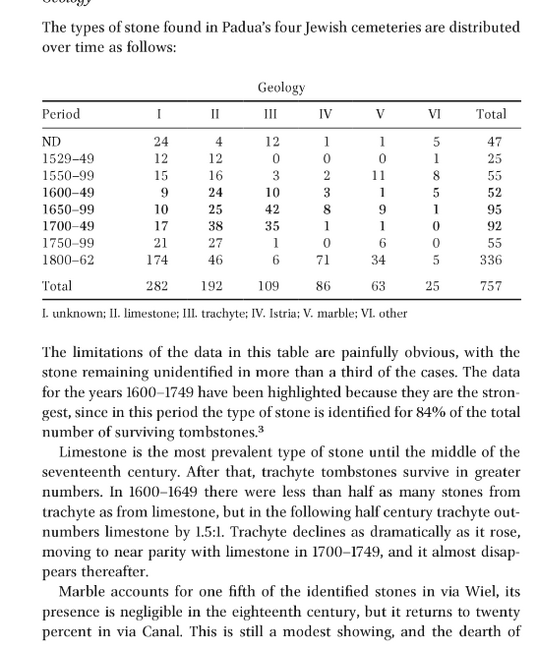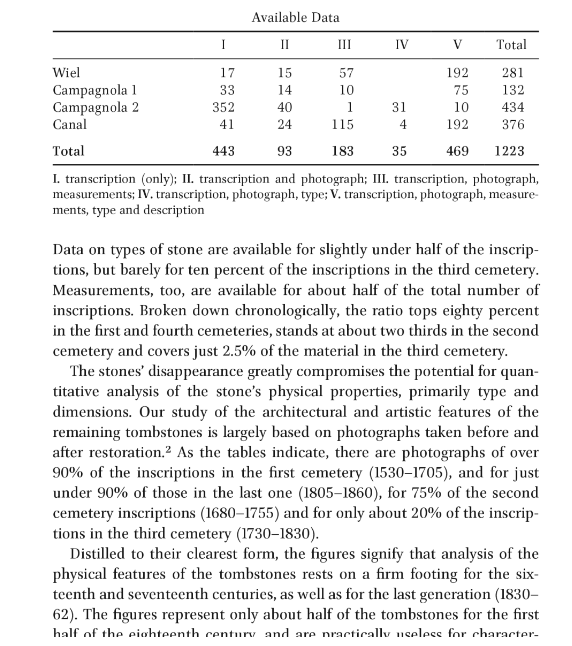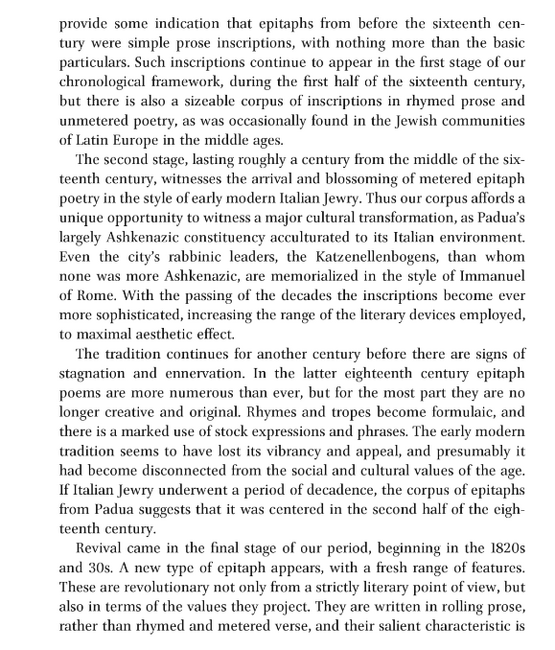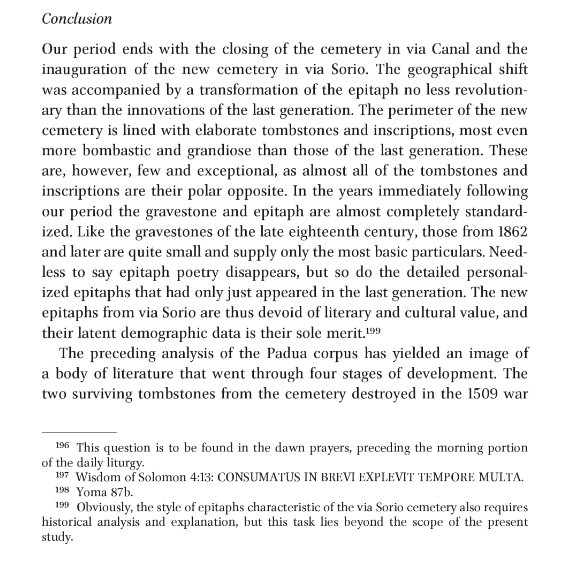בפדובה שבעה בתי קברות, אשר פעלו משנת 1384 ועד היום. ניתן לסייר בחלקם בתיאום עם רשויות הקהילה.
- ליד S.leonardo - המפורסם שבהם. בו קבור הרב מאיר קצנלנבוגן, מהר"ם מפדואה. לפי אתר קברי צדיקים : פדובה – בית החיים ברחוב וויאל 26 (משמאלו ציון בנו-ר' שמואל יודא).
בראש המצבה סמל של חתול מכורבל - "חתול" הוא תרגום שמו של הרב בגרמנית "קצא". יהודים יוצאי המזרח נהגו לעלות לקבר.[1]
- הנוכחי: 124 Via Sorio 35141 Padova Italia
ביקורים מאורגנים[]
Buongiorno Sig. Ventura,
il Museo e la Sinagoga Italiana a giugno saranno aperti nei seguenti giorni: venerdì, domenica e lunedì dalle 10 alle 18.
E' possibile visitare il cimitero ebraico di via Wiel previa prenotazione a questo indirizzo di posta elettronica.
Cordiali saluti
Simonetta Lazzaretto
padovaebraica@coopculture.it
לרגל יום השואה
Visita al Cimitero di Via Canal laterale Via Beato Pellegrino e Via Fusinato, all'angolo
Orario: orari: 10:00 - 10:45 - 11:45 - 12:15
Anni 1820 - 1862 Gruppi limitati ad un massimo di 25 persone
Visita al Cimitero di Via Wiel laterale Via Savonarola e Via Campagnola
Orario: 10:45 - 11:30 - 12:00 - 12:30
Anni 1540 - 1700 Gruppi limitati ad un massimo di 50 persone
מחקר על כתובות בית הקברות[]
פרופ' דוד מלכיאל הירצה ב:The Jews in Italy: Their Contribution to the Development and Spread of Jewish Heritage 2011 על הנושא: The Hebrew Tombstones of Padua and the Acculturation of Ashkenazic Jewry in Renaissance Italy
בין השאר הוא כתב:
The Jewish communities of northern Italy were populated largely by immigrants from southern Germany, who began settling in northern Italy following the persecutions of the Black Death and continued to arrive throughout the fifteenth century. The story of their settlement has been charted, but attention has rarely been paid to their acculturation in their new environment. The proposed paper seeks to address this question through the lens of their tombstones. By 1500 Jews had been living in Padua for centuries, but their cemeteries were destroyed in the 1509 war of the League of Cambrai. What remains are four cemeteries, with over 1200 inscriptions from 1530-1860. The proposed presentation will study Padua’s Hebrew epitaphs during the first century, namely until 1630.
This is an extremely significant period in the cultural development of Paduan Jewry, for one can observe a shift in their cultural tastes, from a preference for epitaphs written in simple prose, like those of medieval Germany, to a new style of epitaph, written in the rhymed and metered poetry characteristic of Italian Jewry’s occasional poetry. Thus the tombstones afford a clear glimpse of the process of the acculturation of the Ashkenazic Jews of northern Italy during the Renaissance, notwithstanding the reputation of Ashkenazic Jewry for clinging rigidly to their Ashkenazic heritage. The paper will adduce texts from the Padua corpus of the sixteenth century to demonstrate this shift in the community’s epigraphic tradition
The new tradition of epitaph poetry thrived in Padua for almost three centuries, and among all of the city’s ethnic groups: Ashkenazi as well as Italian and Sephardic. The genre continued to evolve for about a century, as new, more complex structures emerged. The paper will trace the ongoing literary development of Padua’s epitaph poetry, focusing on the formal elements of the texts
קטעים מהמאמר[]
הערות שוליים[]
- ↑ Annie Sacerdoti, Guida all'Italia ebraica, Marietti, Genova 1986.



